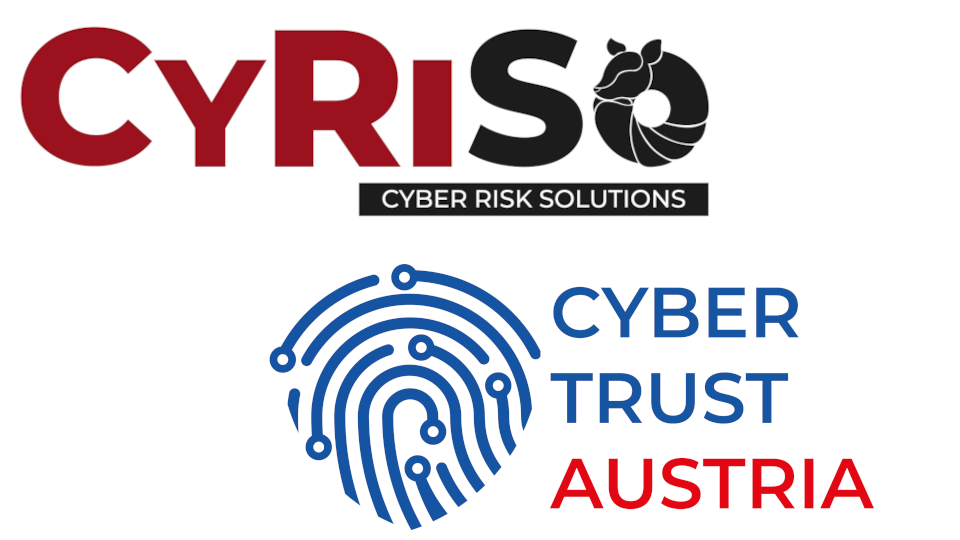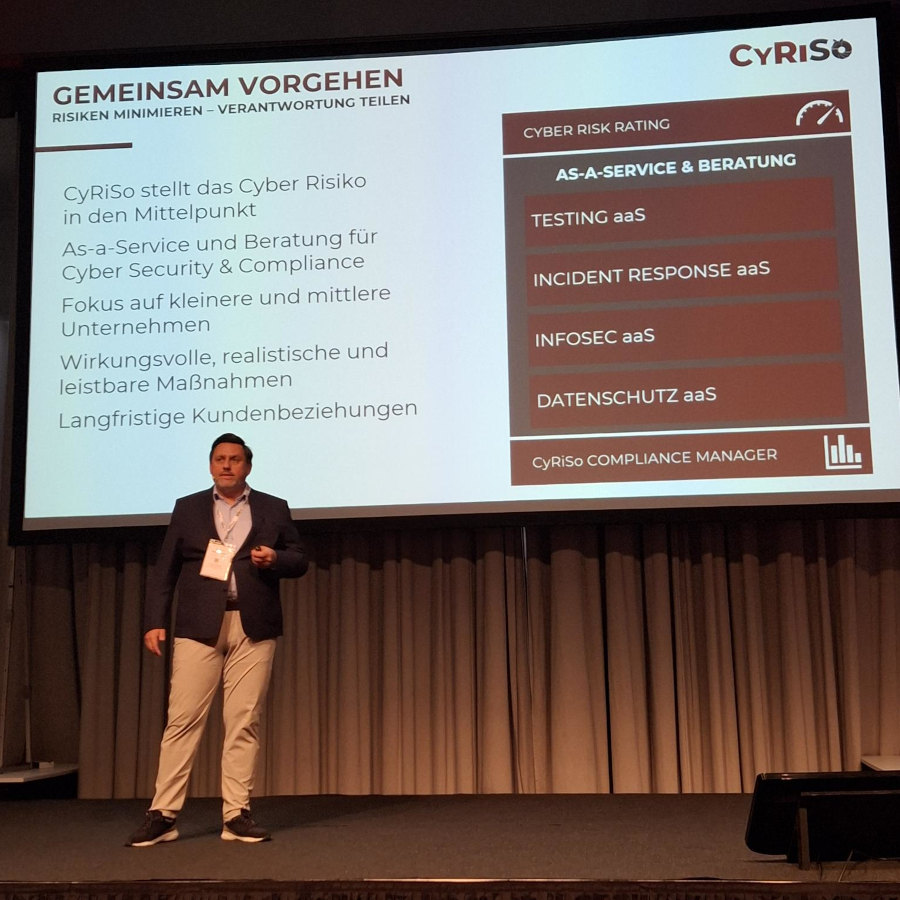Introduction to the Zero Trust model and how small and medium-sized enterprises (SMEs) can implement it successfully.
Why Zero Trust?
At a time when cyber attacks are becoming increasingly sophisticated and traditional security perimeters are no longer sufficient, the zero trust model is becoming increasingly important. The principle is: “Never trust, always verify.” This means that no user, device or application is automatically classified as trustworthy – even if they are located within the company network.
For SMEs, which often work with limited resources, this initially sounds like a complex undertaking. But with a structured approach, Zero Trust can also be implemented effectively in smaller organizations.
The basic principles of Zero Trust
- Identity-based access control – Every access must be authenticated, authorized and continuously checked – regardless of location.
- Micro-segmentation – networks are divided into smaller, logically separate zones to prevent the spread of attacks.
- Least privilege access – users and systems only receive the minimum necessary rights.
- Continuous monitoring and analysis – activities are monitored in real time to detect anomalies at an early stage.
- Device and context check – Access depends not only on the identity, but also on the status of the device, location, time, etc.
Implementation in practice – step by step for SMEs
1. inventory & risk assessment
- What systems, data and users are there?
- What are the biggest risks?
- Which accesses are critical?
Tip: Start with a manageable area, e.g. access to sensitive customer data.
2. introduce identity and access management (IAM)
- Introduction of multi-factor authentication (MFA)
- Use of Single Sign-On (SSO) for centralized control
- Documentation and regular review of authorizations
3. network segmentation
- Separation of office IT, production systems and guest networks
- Use of VLANs or software-defined networking (SDN)Advantage: A compromised device does not jeopardize the entire network.
4. ensure appliance hygiene
- Use Endpoint Detection & Response (EDR)
- Patch and manage devices regularly
- Only allow registered devices
5. monitoring & anomaly detection
- Central logging (e.g. with SIEM)
- Automated detection of suspicious activities
- Define response to incidents (Incident Response Plan)
6. training & awareness
- Regularly sensitize employees
- Establishing Zero Trust as part of the corporate culture
- Phishing simulations and security awareness training
Zero Trust is not a product – but a process
Many providers advertise “Zero Trust” solutions. However, Zero Trust is not a single tool, but a security concept that spans several levels: Identity, network, end devices, applications and data.
For SMEs, this means: start small, but think strategically. Gradual expansion is better than no protection at all.
Advantages for SMEs
- Reduction of the attack surface
- Better control over data flows
- Compliance with regulatory requirements (e.g. NIS2, ISO 27001)
- Greater resilience in the event of security incidents
Conclusion: Zero Trust is feasible – even for SMEs
Zero Trust is not a luxury for large corporations, but a necessary security strategy that can also be implemented by smaller companies. With a clear plan, the right tools and a focus on identity and transparency, SMEs can significantly improve their security situation.
Next steps
- On our Cyber-Check platform you will find our whitepaper: “CyRiSo_Three_Stages_of_Security_Maturity_EN_Whitepaper.pdf” – shows how Zero Trust can be embedded in a maturity model.
- Need advice? We help with the introduction of Zero Trust – practical and SME-oriented. Talk to us: office@cyriso.at or by phone on +43 664 780 65500










